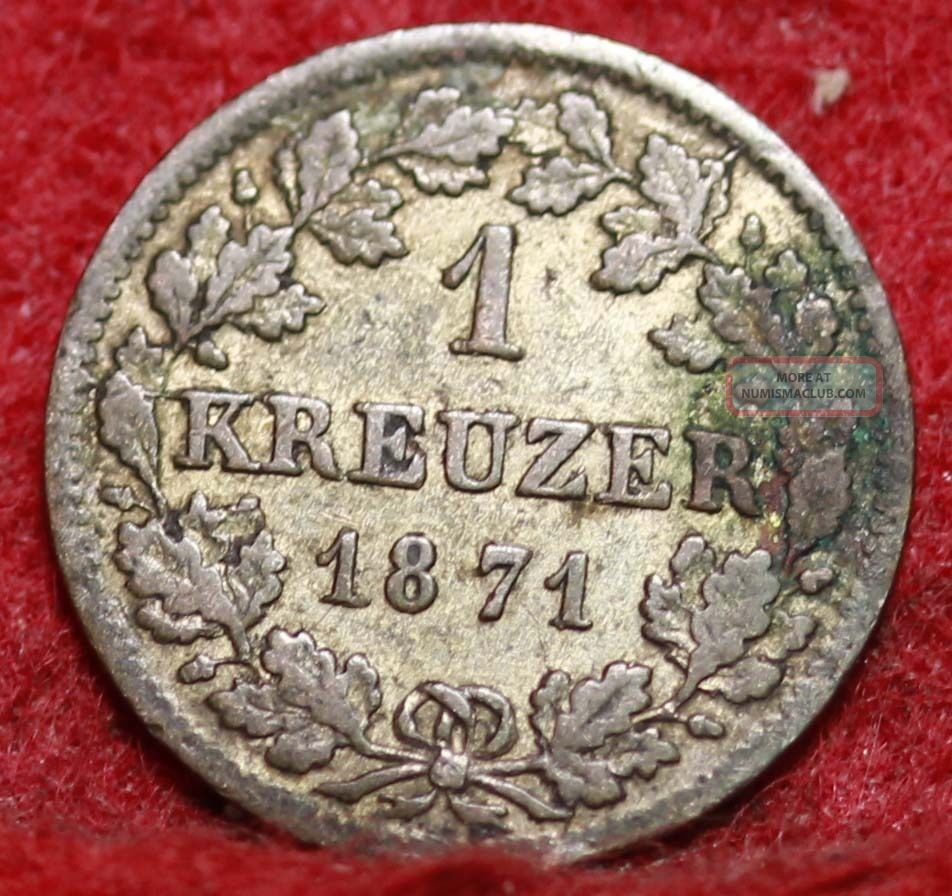
There emerged differentiated currency systems with a great diversity of currencies, types and coins. “gros tournois”) these denominations also reached northern Europe in the Middle Ages, where they were imitated in the periods which followed. Together with larger silver coin types like the groat or groschen (Fr. In the Italian “trade republics” of Florence, Genoa and Venice, due to the demand for larger currencies, the denominations florin, genovino and ducat (orig.

In the 13th century, gold returned to the mints of the Middle Ages. The collector of medieval coins thus gains access to numerous subject areas.ĭeutsches Reich / Halberstadt.

The award of minting rights for coins by medieval rulers to clerical (bishoprics and monasteries) and secular (duchies and counties) institutions led, particularly in territories of the German Empire, to a large number of mints (at some points more than 400). In the Staufer period (12th and 13th century) the denarius was minted in central Germany as a large one-sided hollow penny (brakteat) in a highly artistic quality with, in some cases, impressive coin images. These coins were minted in much of Europe (Germany = pfennig, England = penny, France = denier and Italy = denaro) in a variety of types. With the coinage reform which he carried out in 800, Charlemagne (768-814) reorganized the Frankish monetary policy of the Great Migration period and created a new system which would, by and large, remain in effect - in its essential aspects - for the next 500 years: the only denomination in the currency became the silver denarius, which was to be the 240th part of one pfund (around 400 g). If you see any of the following annotations on a coin, it is probably a German coin.Sizilien. If you see any one of these on a coin, it is probably from Germany. You will find a long list of German states, cities, and coin denominations.

Further, German names often contain VON (meaning "of") and you will see this annotation when a coin commemorates a particular German ruler. Inscriptions of DEUTSCHES (German), BUNDES (nation), or REICH (empire) indicate German origins. Before the Empire congealed under Prussian chancellor Otto vo Bismarck in 1871, dozens of autonomous German States and German cities issued thousands of different types of coins in many different monetary units.

To properly understand German coinage, one must understand the history of Germany, the German States, and German cities. There are several varieties of many of these coins. Do not worry if your coin does not look exactly like the one pictured or is large or small in size. Heavily worn or damaged coins are always worth less than specimens showing average wear. Some coins have special dates and mint marks that increase their value, some coins derive value from their pristine state of preservations (called uncirculated coins). To look up specific coins, use the search functions on this web site. Coins closer to the top of the page, and coins closer to the top of a group, command higher values than coins in lower positions. Coins on this page are arranged from the most valuable to the least valuable, and they are also shown in four major groups.


 0 kommentar(er)
0 kommentar(er)
